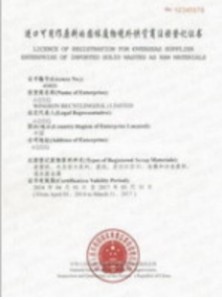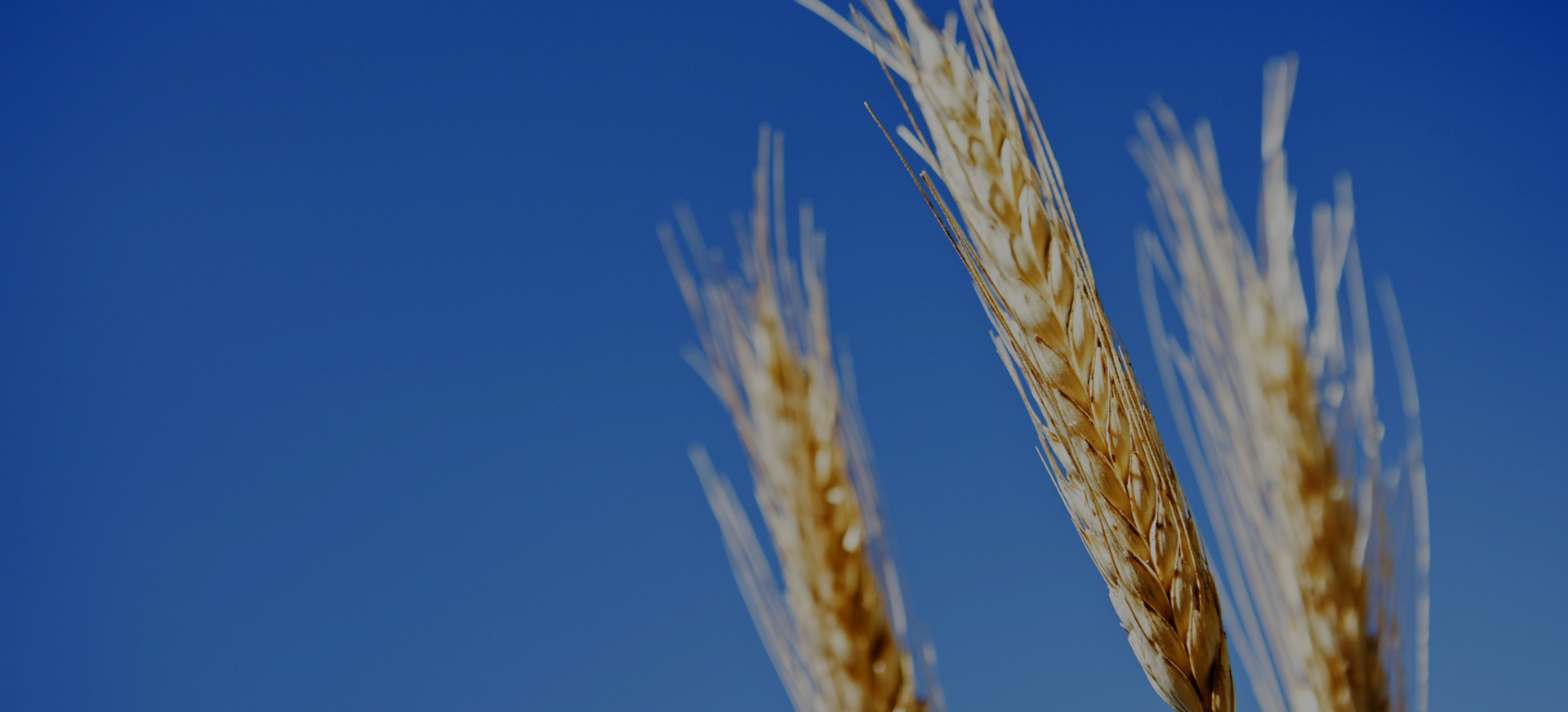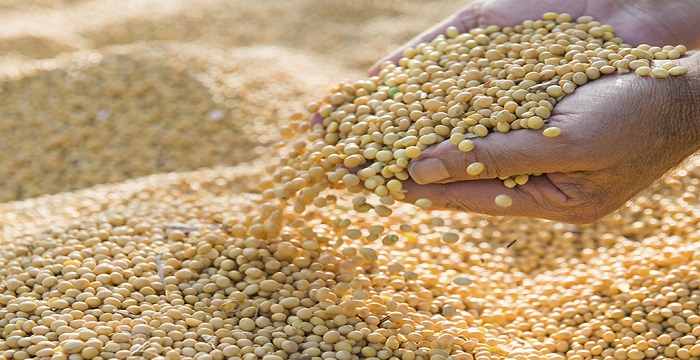Our AQSIQ number:
07621000102
This number can be verified on the official AQSIQ website (https://ire.eciq.net/aqsiq-food-register-search)

SOY ORIGIN AND HISTORY IN BRAZIL
Soy is a crop of great economic importance for Brazil, being the main crop in Brazilian agribusiness. It is a plant originating in the region called Manchuria, which is in northeastern China. It was brought to Europe in the 17th century, during the period known as the great navigations, where it remained for more than 200 years only as a botanical curiosity, in the botanical gardens of the European courts. It arrived in the United States of America around the year 1890 where it was cultivated as a forage. In the 1940s, soy arrived in Paraguay and in the 1950s, in Mexico and Argentina. The first reference on soy in Brazil dates from 1882, in Bahia, in an account by Gustavo D’utra. The cultivars introduced from the United States did not adapt well at a latitude around 12 degrees South (Bahia). Later, in 1891, new cultivars were introduced at latitude 22 degrees south (Campinas), showing better performance. The most specific cultivars for human consumption were brought by the first Japanese immigrants in 1908. However, officially, the culture was introduced in Brazil in Rio Grande do Sul in 1914 in the so-called pioneer region of Santa Rosa, where the first commercial plantings started from of 1924. An important role in the progress of soy in Brazil must be credited, also and obviously, to the various programs of genetic improvement. As an example of this work, in the beginning of the 70s, the Rio Grande do Sul State Secretariat of Agriculture and the Southern Agricultural Research Institute (IPEAS) launched the first Brazilian cultivars originated from crossing material introduced mainly from the South of the States United. In Brazil, the great expansion started in the 1970s and, in the last harvest of 2015/2016, production was 95.4 million tons. Estimates for the 2016/2017 crop range between 101 and 104 million tonnes, which will depend on the productivity of the fields in this upcoming crop. Brazil is the second largest producer in the world, and among the major producers (USA, Brazil and Argentina), it has the greatest potential for expansion in cultivated area, and, depending on the consumption needs of the market, may more than double production. Therefore, in the short term, Brazil may become the world’s largest producer and exporter of soy and its derivatives. The main Brazilian producing states are: Mato Grosso, Paraná, Rio Grande do Sul, Goiás and Mato Grosso do Sul. In Brazil, the consumption of soy directly in human food is still very restricted, only 3.5% of production on average, simply because it is not part of the Brazilian food habit, contrary to what happens in several oriental countries, whose consumption has been verified for at least three millennia. Therefore, the awareness of the Brazilian consumer market in relation to the benefits of functional foods demands a series of researches with new cultivars and new soy-based products, in search of organoleptic qualities suitable to our taste, verticalizing the production chain.


